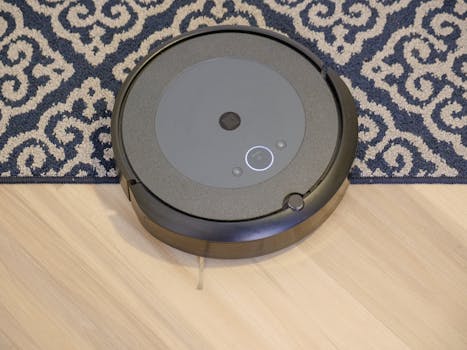
Smart Homes and Smart Living: The Technological Transformation of European Homes by 2025
Smart Homes and Smart Living is revolutionizing the way we live, work, and interact with our living spaces. As we approach 2025, European homes are undergoing a significant transformation, driven by advances in technology and changing lifestyles. In this article, we will explore the current state of smart homes and smart living in Europe, the key trends and technologies driving this transformation, and what we can expect in the coming years.
Introduction to Smart Homes and Smart Living
Smart homes and smart living refer to the integration of technology and automation in residential buildings to create a more comfortable, convenient, and sustainable living environment. This includes a wide range of applications, from home automation and energy management to healthcare and entertainment. The concept of smart homes and smart living is not new, but recent advances in technologies such as the Internet of Things (IoT), artificial intelligence (AI), and 5G networks have accelerated its adoption and development.
Current State of Smart Homes and Smart Living in Europe
According to a recent report, the European smart home market is expected to reach €23 billion by 2025, growing at a compound annual growth rate (CAGR) of 14.5%. The report also notes that the adoption of smart home devices is increasing rapidly, with over 50% of European households expected to have at least one smart device by 2025. The UK, Germany, and France are among the leading countries in terms of smart home adoption, with the Nordics and Benelux regions also showing significant growth.
Key Trends and Technologies Driving the Transformation
Several key trends and technologies are driving the transformation of European homes into smart homes. These include:
- Internet of Things (IoT): The IoT is a network of physical devices, vehicles, home appliances, and other items embedded with sensors, software, and connectivity, allowing them to collect and exchange data.
- Artificial Intelligence (AI): AI is being used in smart homes to learn occupants’ habits and preferences, automate tasks, and optimize energy consumption.
- 5G Networks: The rollout of 5G networks is providing faster, more reliable, and lower-latency connectivity, enabling the widespread adoption of smart home devices and applications.
- Energy Efficiency: Smart homes are being designed to be more energy-efficient, with features such as solar panels, energy storage systems, and smart thermostats.
- Home Automation: Home automation systems are being integrated into smart homes, allowing occupants to control lighting, security, and entertainment systems remotely.
What to Expect by 2025
By 2025, we can expect significant advancements in smart homes and smart living in Europe. Some of the key developments include:
- Increased Adoption of Smart Home Devices: The adoption of smart home devices is expected to increase significantly, with over 70% of European households having at least one smart device.
- Greater Emphasis on Sustainability: Smart homes will be designed to be more sustainable, with features such as renewable energy sources, energy-efficient appliances, and smart waste management systems.
- Integration with Wearable Devices and Health Monitoring: Smart homes will be integrated with wearable devices and health monitoring systems, allowing occupants to track their health and wellbeing in real-time.
- Increased Use of AI and Machine Learning: AI and machine learning will be used to optimize energy consumption, predict maintenance needs, and improve home security.
Conclusion
In conclusion, the European home is undergoing a significant transformation, driven by advances in technology and changing lifestyles. By 2025, smart homes and smart living will become the norm, offering unparalleled convenience, efficiency, and sustainability. As we look to the future, it is clear that smart homes and smart living will play a critical role in shaping the way we live, work, and interact with our living spaces.





